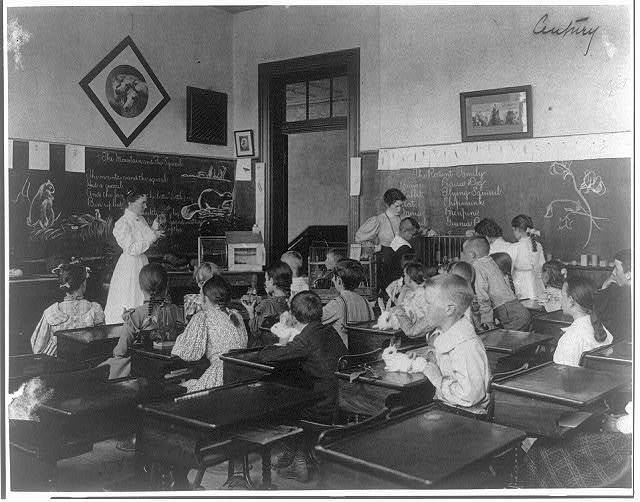Prompt: Write a blog post in response to our class on digital history.
In this week’s class, we played with various methods to incorporate technology directly in our classrooms. We used tools such as Twitter, GapMinder, nGramViewer, and NYTimes Chronicle to explore different ways to present information to students and engage them in research and information-seeking. While we were working with these tools, it wasn’t difficult to think of ways that I could incorporate these tools into lesson plans, such as having students search different names for classifying people in the NYTimes Chronicle tool to analyze changes (see my example here). However, whenever I think of incorporating technology into my lessons, I always try to ask myself whether or not the addition of technology is effective, or if the lesson could help students learn just as well without the use of technology.
I think, when it comes to technology, teachers like the idea of incorporating it into their lessons, but often get stuck with the same sorts of technology, always using the same resources and never really analyzing whether or not the technology is helping students. For this reason, I was skeptical of our use of Twitter in this class. I’ve seen various teachers use Twitter as a tool to encourage students to summarize their ideas “in 140 characters or less.” This is great when it comes to some lessons/content, but doing it after every lesson can get monotonous. I don’t think this is Twitter’s most effective use in the classroom.
One thing that I highly valued in our class-time engagement with twitter was the session in which we participated in a live chat. We had the opportunity to share our ideas and learn from other teachers across the country. It was a great lesson in collaboration, not to mention self-validation (when teachers across the country favorited or re-tweeted my comments, it made me feel that I had some good ideas, even though I may not have had much classroom experience).
I think there might be a way to use Twitter (real Twitter, and not just the Twitter format) in our classrooms as well. Giving students the opportunity to share their work and seek help or comments from people they might never meet could be a great way to engage and motivate students. In many ways, allowing them to share their best work with someone other than a teacher or family member gives them perspective they might not get otherwise, and shows them that they can be proud with a certain product. I don’t think this necessarily requires Twitter or other social media. But I do think their is value in using those types of digital information gathering and sharing to inform how we create our lessons.
Image Credit: Library of Congress
- Title: Washington, D.C. Public Schools – classroom scenes and school activities
- Creator(s): Johnston, Frances Benjamin, 1864-1952, photographer
- Date Created/Published: ca 1899

